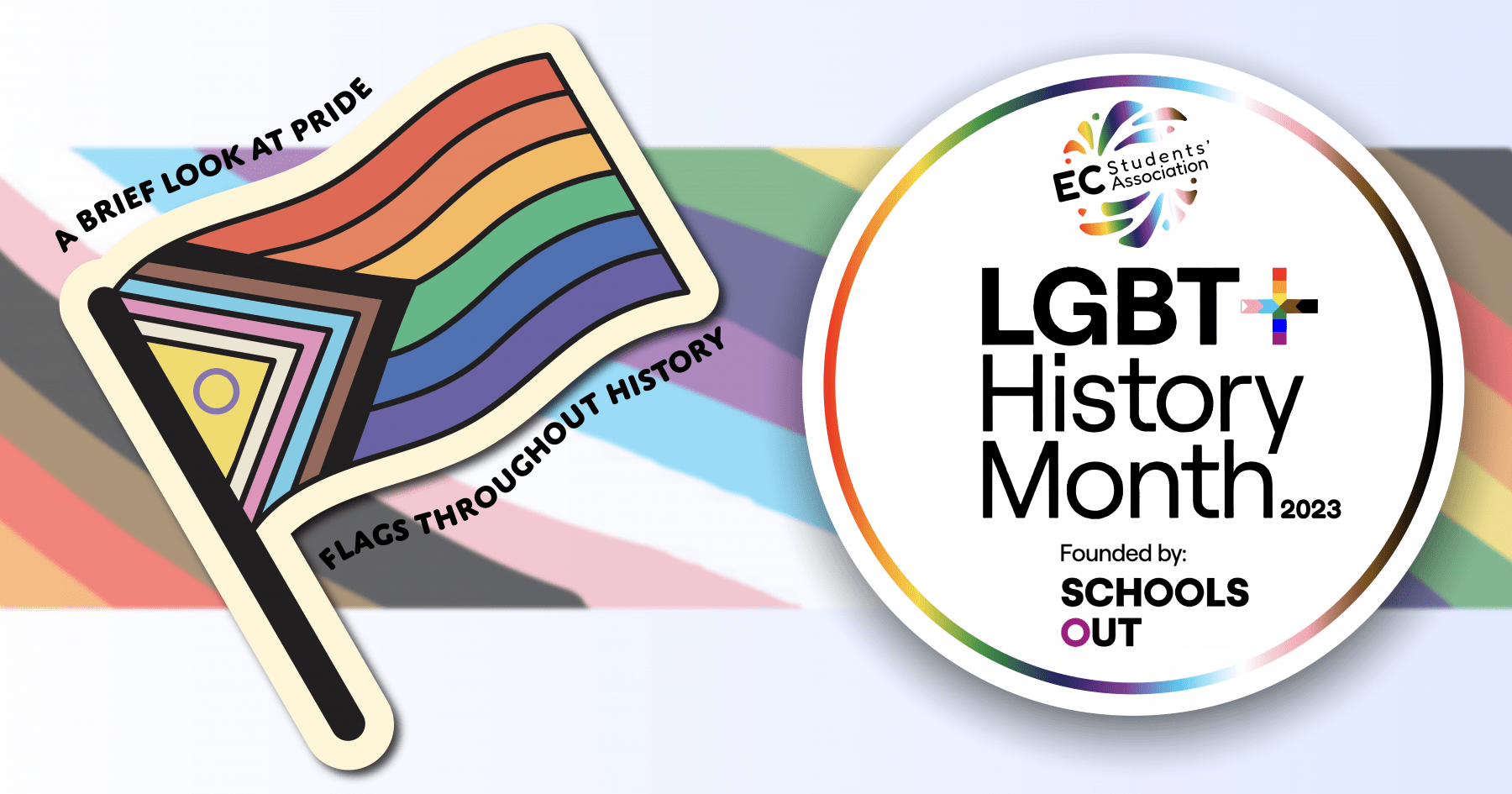February is LGBT+ History Month! To help people understand more about the LGBTQ+ community and the subsections that are involved within it, we've written this helpful pride flag article.
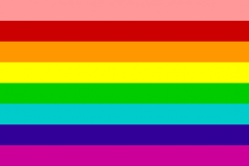
1978
The first pride flag design was in 1978, designed by request of Harvey Milk, which included eight colours, with each colour relating to a different element of the LGBT movement. Later that year, Milk was assassinated and the flag was hung along the streets of San Francisco Market Street, in support of Milk.
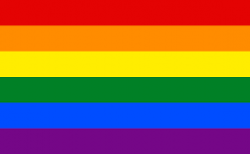 1979
1979
People soon realised that the centre line was obstructed by the flagpole, so to rectify this, they moved to the six stripe version (one of the originals that we've come to recognise internationally).
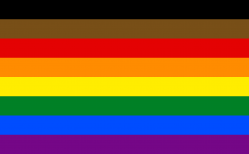 2017
2017
In 2017, the Philadelphia pride flag was released, which also included black and brown stripes to honour POC (people of colour) within the LGBTQ+ community. Shortly after in 2018, the trans pride flag was incorporated into the Philadelphia pride flag, to reate what's now known as the 'progress pride flag'. This is the favourite of many as it truly does include most, if not all of the LGBTQIA+ umbrellas!
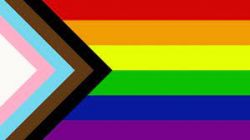 2018
2018
In June 2018, designer and activist Daniel Quasar released an updated version of the Pride flag. Combining the new elements of the Philadelphia design and the Transgender flag to bring focus on further inclusion and progress. This new flag added a chevron to the hoist of the traditional 6-colour flag which represents marginalised LGBTQ+ communities of colour, those living with HIV/AIDS and those who’ve been lost, and trans and non-binary persons.
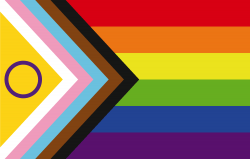
2021
In 2021, the intersex flag was incorporated into the progressive pride flag. This was a huge step for the intersex community aswell as the greater LGBTQ+ community. Showing solidarity with the intersex people of the community by using the purple circle, signifying the whole autonomy that intersex people have over their own bodies and the yellow to contrast the stereotypical blue and pink for male and female.
With so many variations of pride flags made in the past, it's also useful to talk about which flags are used in the current day.
We've covered the overall 'pride' flags, so let's get into a little more detail.
Pride is split into 3 main sections. There's the sexuality spectrum, the gender spectrum and the attraction spectrum.
1. Sexuality:
- This is who you're attracted to. It's also undeniably the most well-known section of the LGBT+ community.
There are many different sexualities, but to cover some of the main ones, here are some examples and their pride flags:
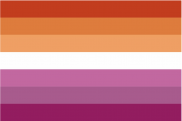
Lesbian (wlw):
This is when you're a woman who is attracted to only women.
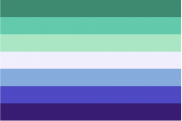
Gay (mlm):
This is where you're a man only attracted to men.
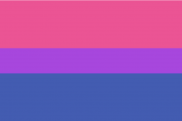
Bisexual (Bi):
This is where you may have a preference, but you're comfortable dating any gender, male or femal or anyone between the two binaries. Bisexuality is often seen as a spectrum, where every bisexual has different preferences to what gender they are most attracted to.
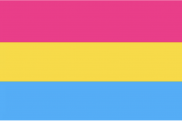
Pansexual (pan):
This is where your partner's gender has little to no relevance to you. You're comfortable to be with anyone of any gender.
As mentioned before, there are many other sub catergories of sexuality, but these cover the umbrella sexualities.
2. Gender:
- This is who you are. It's a common misconception that gender queer people, like trans and non-binary people, are a new concept, but transgenderism has been documented centuries ago, from places such as the Roman Empire and tribal life of the Māori people.
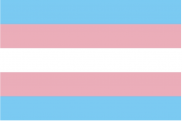
Transgender (trans):
This is where your assigned gender at birth (agab) varies from how you feel inside. This could mean you were born with female genitalia, but your brain feels male. This can lead to a lot of internal conflict called gender dysphoria. It also goes vice versa, with people being born with male genitalia and feeling female inside. Some intersex people (people born with three sex chromosomes or both genitalias) also use the trans flag.
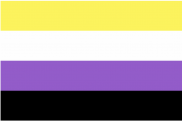
Non-binary:
These are people who do not fall into either gender binary (male or female) and usually use they/them pronounse or a variation of they/them and a gendered term. There is no specific way a non-binary person will act or look, so it's often polite to just ask when you meet someone what their pronouns are.
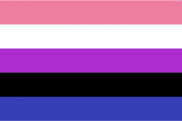
Gender fluid:
These are people who's gender internally changes often. It can be hard for gender flued people as the constant change allows for little rest. Often they will use a coloured bracelet or necklace for others to use to indentify their current gender and how they feel that day.
3. Attraction:
- This is what kind of attraction you feel or often don't. This is a very fluid spectrum that can change individually, but a couple of the main types of attraction are sexual and romantic.

Asexual (ace):
This is where someone doesn't feel sexual attraction towards other people. They may well still engage in romantic relationships, just without the sexual aspect that some may have.
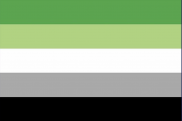
Aromatic (aro):
This is where someone doesn't feel romantic attraction towards other people. They may still engage in sexual relationships for fun, connection or pregnancy related reasons, just without a romantic aspect.
With all of that covered, there's still so much more to know. We could go on forever about the past and present of LGBTQ+ history and how it affects the people of today, but we'd be here forever. That's why LGBT+ History month is so important, to allow the space and time for people to learn about the importance of the LGBT+ community and the issues that still are happening today.
We hope this helps you to understand the rich culture of the LGBT+ community, and we hope to continue helping others understand.

